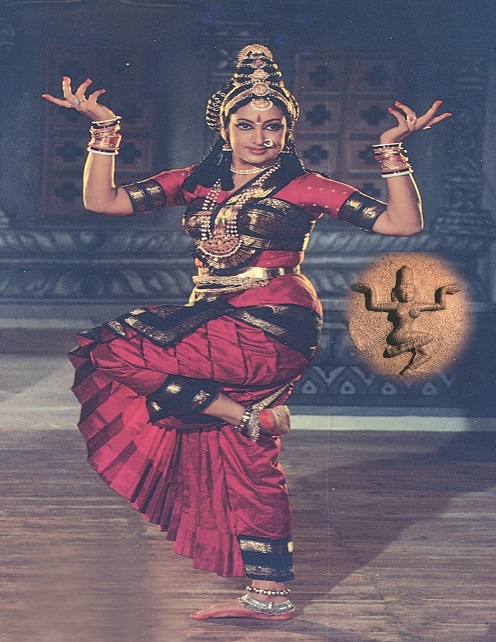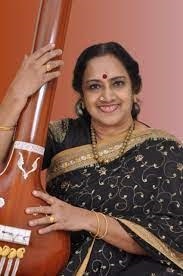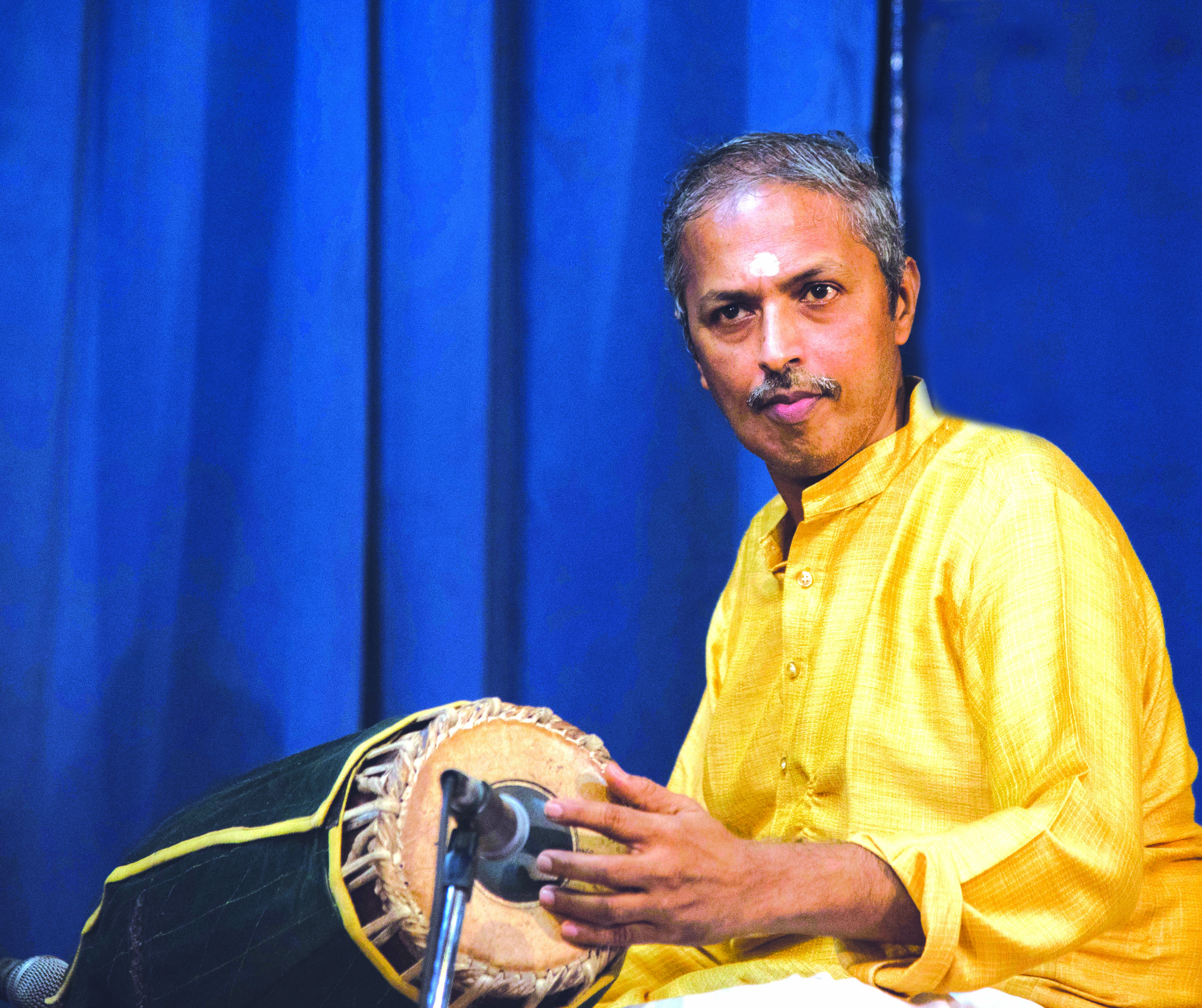A trailblazing epochmaker Padma Subrahmanyam is a complete artist with a holistic vision—a rare combination of a dancer, choreographer, scholar, teacher, singer, music composer, author and Indologist. Passionate about art, culture and the nation, she is a trailblazer – a pathbreaker treading new ground, as well as a pathfinder; she is an innovator and a revivalist. An ace communicator, she is an icon and inspiration for the younger generation. Padma the little lotus bloomed on 4 February 1943 in Chennai in a household steeped in art and culture. The story goes that the bonny baby was named “Padmavati” by her grandmother Visalakshiammal who was then reading the story of Jayadeva and Padmavati; she prophesied that the child would go on to become famous in both music and dance. Padma’s father ‘Director’ K. Subrahmanyam was a freedom fighter, a pioneer in Indian cinema, and a paternal figure in the field of culture. Her mother Meenakshi was a lyricist in Sanskrit and Tamil who composed music and played the veena, violin and harmonium. She even accompanied her daughter in several concerts.
Steeped in the Brinda bani Geetha Raja is a respected, well-known, accomplished Carnatic vocalist and a successful guru much sought after by young music aspirants. She has a knack for moulding musically talented youngsters into prize-winning performers. She is a fine representative of the T. Brinda lineage that showcases solid Carnatic music that is the rock foundation for a strong edifice. With a resonant and mellifluous voice, her music is rooted in classicism and marked by a calm and unhurried approach, purity of tones and notes, clarity in rendition, breath control, long karvais, and detailed exploration of ragas. She has an extensive repertoire in sterling pathantaram polished to perfection. Geetha was born on 5 June 1955, in a family deeply interested in Indian art and culture, especially music. To nourish her musical talent, her parents started her music lessons when she was eight years old. She was placed under the tutelage of Sangita Kala Acharya Bombay S. Ramachandran, who laid a strong foundation by teaching her more than 30 varnams and about 250 kritis! The youngster soon began bagging numerous prizes and medals in music competitions in Mumbai.
Artist with a singular style He is perhaps the most polarising mridangist of current times, and K. Arun Prakash is well aware of it. “What I am doing is unprecedented and anything unprecedented takes time to get accepted,” he says, in the unflustered manner typical of him. He is a keen observer – not only of music and many types of it, but everything around him too, including human nature and its foibles. Arun Prakash is known for his candour and is unafraid to speak his mind, though only when asked. Arun, son of L. Krishnan and Vasantha, was born at the then home of his maternal grandparents in Kumbakonam on 3 May 1968, arriving even before the midwife’s entry! His birth, he says, was in Semmangudi Srinivasa Iyer’s former home and just a few hours before Tyagaraja’s birthday, which, that year, coincided with the vaggeyakara’s janma nakshatram. Between those facts and Kumbakonam itself being a historic seat for Carnatic music, many musical stars seem to have congregated in his birth. Arun’s father was an early student of G.N. Balasubramaniam. Besides accompanying GNB in several concerts, Krishnan himself sang many kutcheris where he was accompanied by well-known artists. He spent two decades working with movie directors as well and subsequently joined All India Radio as a composer. He composed more than 2000 devotional albums for CDs, for leading musicians. Arun grew up listening to many styles of music – ghazals, Hindustani, film music, Vivid Bharati. “It was never just a Carnatic-only home,” he says.
His sublimating Carnatic touch in film songs The one predominant emotion singers felt when they sat in the presence of music composer G. Ramanathan (1910-1963) to learn their songs was wonder. The entrancing vistas of music he unfurled when his stubby, diamond-ringed fingers flitted over the keys of the harmonium would leave them awestruck. And when he sang along while playing, the modulated phrases of rare and exquisite charm he effortlessly wove, deepened their sense of bafflement. They would then realise that they were face to face with a ‘musical brahma’ in whom prodigious creativity and evocative passion combined with elemental force and ineffable beauty. When G.N. Balasubramaniam arrived with his friends to look up the songs he had to record for the title role in Rukmangadan (1947), G. Ramanathan’s musical tour of the songs would leave GNB’s friends transfixed. One of them remarked to GNB, “Your job for the film will be done if you bring even a bit of GR’s feeling to your rendering”! Members of GR’s orchestra marvelled no less at his amazing creativity. “He was a musical colossus,” Ramasubramaniam, a veteran violinist who played under his baton, would declare. G. Ramanathan was born at Bikshandarkoil, north of the great pilgrim centre of Srirangam. Famed for its temple for the Trimoortis and their consorts and reckoned as one of the 108 Divyadesams dear to Vaishnavites as Uthamarkoil, the erstwhile village between Tiruchi and Lalgudi is today part of the Tiruchi urban agglomeration. When the South Indian Railway Company was formed with Tiruchi as its headquarters in 1890, GR’s father, Gopala Iyer, landed a job in the railway as an inspector.
CONTENTS Vol. 29 Issue 12 December 2022 (Print Edition)
6 News & notes
26 Birthday calendar
28 Padma Subrahmanyam
50 Geetha Raja
66 K. Arun Prakash
80 Season 2022-23
v Kizhvelur
Ganesan v V. Premalatha
v The changing
concert scenario
v Season titles
and awards
88 A peep into the past v G. Ramanathan
94 From the Editor
Front
Cover: Padma Subrahmanyam
Geetha Raja, K. Arun Prakash (Photo by Hemamalini S.)
No. 459






